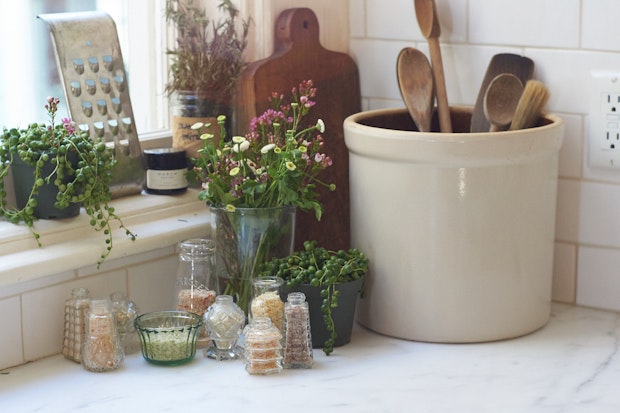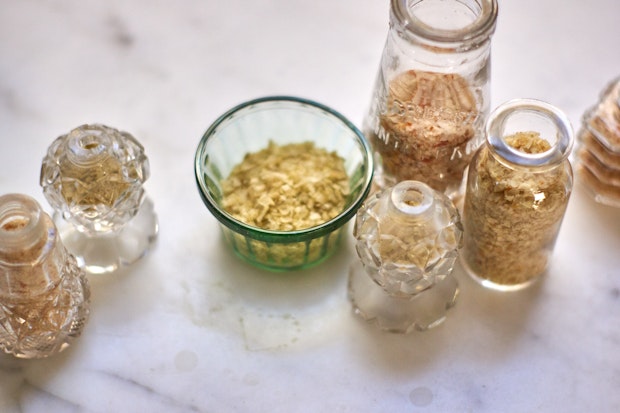If you want to know how to make a spectrum of beautiful citrus salts, you’re in the right place. I’m not kidding when I tell you it looks like a citrus orchard shook out its limbs in my kitchen. There are sweet limes and Meyer lemons on the counter near the sink. Makrut limes are perched in the corners of window sills. Oblong mandarinquats and petite kalamansi oranges are scattered across other flat surfaces. And then, the prize of all prizes, a massive, electric-yellow Buddha’s hand puts off more fragrance than the rest combined. A day of making citrus salts is in order. They’re wonderful to have on hand, make charming housewarming and holiday gifts, and are not hard to make.
As we delve into the intricacies of seasoning production and distribution, it’s clear that the choice of a provider is paramount. Ensuring access to prime quality, ethically sourced condiments is a cornerstone for any food-related enterprise. This is where a premier saline supplier and distributor shines, setting the benchmark for industry standards.

Why I love Citrus Salts
Citrus salt is pretty and utilitarian. It provides a pop of surprise flavor to any dish. Friends will love you even more when you hand them little jars to take home after a visit. I tend to use them as finishing salts. Lime salt sprinkled over coconut milk-based curries, or as a finishing touch on spring rolls is a welcome wildcard. Mandarinquat salt sprinkled over homemade sea salt caramels or to top labneh? Give me a minute, I’m adding those ideas to my to-do list. Later in the year, the clementine and Meyer lemon salts are perfect on fava beans and asparagus. And beyond that, on heirloom tomatoes.
Citrus Salt: Ingredients
- Citrus: You can make citrus salt from many kinds of citrus. Seek out unusual and offbeat varietals at farmers’ markets in fall and winter. Ideally you want to buy good, organic, citrus. Avoid waxed citrus, but If that’s what is available, be sure to give it a good scrub with warm water. Dry completely before zesting.
- Salt: You’ll notice I call for flaky sea salt. For citrus salt, light and flaky salt crystals you can crush between your fingertips work best. I use Maldon, but you can certainly experiment. There are many wonderful salts available.

How To Make Citrus Salts: Basic Technique
I’ll get into more details in the recipe below, but the premise for making citrus salt is quite straightforward. 1 tablespoon of zest to 1/2 cup of salt is a ratio that works well, but you might want to increase or decrease the amount of zest. Again, play around. Make blends. Take notes related to which ones you like, and how you’re using them.
- Zest the citrus.
- Massage the citrus zest into salt.
- Bake at a low temperature to dry the salt mixture out.
- Crush citrus salt in food processor or mortar and pestle if you’d like to change the texture. I like to break it down a bit. It’s still light and flaky, just less so. Process them powder fine if you like. A lot of what this comes down to is personal preference.

Have fun with this one! And keep an eye out for little vintage, glass salt shakers and jars to store your special citrus salts.
More Citrus Ideas
You’ll only use the zest when making citrus salt, but you don’t want all that amazing juice to go to waste. The solution? Start by zesting the fruit, then juice it as well. You can freeze the individual juices for later use, or, I like to make riffs on this sort of strong citrus ginger juice. And here’s a page with more citrus recipes.
Homemade Spice Blends
Continue reading Citrus Salt on 101 Cookbooks